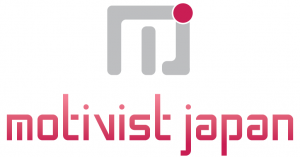THINGS TO KNOW ABOUT JAPANESE BANKS
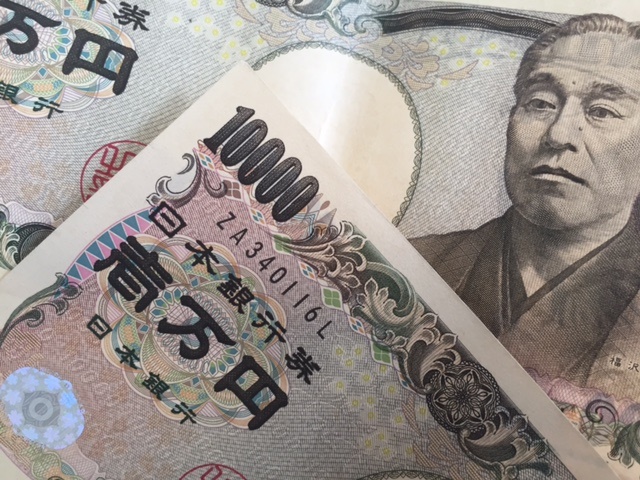
There are a few things to know about banks in Japan. For short-term studies (less than 6 months), students may not need to open a bank account. But for any stay of 6 months or more, it is necessary to open a bank account in Japan. For students who plan to do part time work in Japan must have a Japan bank account. It makes life much easier. And it is not so difficult to do anyway.
JAPANESE BANKS
There is a large choice of banks to choose from – from the  governmental institutions (Japan Post bank is widely used) to the “Megabanks” (Bank of Tokyo Mitsubishi UFJ, Sumitomo, Mizuho …) or simply local, regional banks (for exemple Chiba Bank in the Prefecture of Chiba near Tokyo). It is also worth noting that the main commercial banks from all over the world have branches in Japan (for example Deutsche Bank, BNP Paribas, HSBC, UBS AG, Barclays, Crédit Suisse, Bank of America).
governmental institutions (Japan Post bank is widely used) to the “Megabanks” (Bank of Tokyo Mitsubishi UFJ, Sumitomo, Mizuho …) or simply local, regional banks (for exemple Chiba Bank in the Prefecture of Chiba near Tokyo). It is also worth noting that the main commercial banks from all over the world have branches in Japan (for example Deutsche Bank, BNP Paribas, HSBC, UBS AG, Barclays, Crédit Suisse, Bank of America).
Some banks require a good level of Japanese and good amount of money to open an account. However, there are also banks that allows zero deposit and even with limited Japanese like Japan Post bank.
Banks are accessible everywhere in Japan. There are ATM’s inside convenience stores, and even in train stations. If you are going to withdraw money using a different ATM other than your bank, fees may apply (around 100-200 yen) per transaction.
Also take note that during long holidays in Japan such as Golden week and Summer break, banks are usually closed. For students using Japan Post, ATM’s inside the post office will be either closed or will have limited hours.
Opening a bank account
Most of Japanese Banks provide foreign currency exchange. For foreign issued cards, some ATM may not be accessible. Please call your bank first before doing any transaction in Japan.
If student intends to study in Japan for more than 3 months, we recommend to open a bank account. It will be convenient and less costly. Furthermore, monthly bills (rent, phone, water, electricity, gas) can be withdrawn directly from the bank account through the automatic transfer service, thus avoiding the troubles of having to pay the bills one by one and making sure the payments are timely. When working part-time, that will also be quite convenient.
To open a bank account, you will need your Residence card、Student Card and hanko.
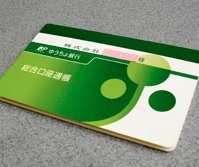
Upon opening your bank account, you will be provided with a debit card and a “bankbook” on which transactions will be printed from the ATM.
ATMs
As mentioned, it is possible to find ATMs that are open 24 hours a day. ATMs in 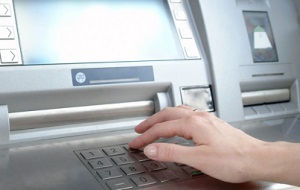 Japan operate the same way as your local ATMs. Probably the major difference would be is in Japan you can also update your bank book (passbook) in ATM.
Japan operate the same way as your local ATMs. Probably the major difference would be is in Japan you can also update your bank book (passbook) in ATM.
Please note that if you will be using your country issued ATM, make sure you inform your issuing bank prior to coming to Japan. Some banks do not allow overseas withdrawal as they might think it is a fraud withdrawal. Also, be aware of the exchange rate and international withdrawal fees that may apply. Cards with VISA or MASTER logo should have no problem withdrawing money overseas.
Normally, ATM machine has English translation however for ATM in 7-11, they provide more options in terms of language such as Chinese and Korean.
Here are words related in bank transaction that can come in handy:
お引き出し: Withdrawal
お預け入れ: Deposit
お振込み: Transfer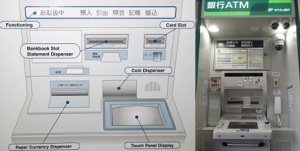
お振り替え: Transfer from one of your account to another
通長記入: Printing
残高照会: Balance inquiry
確認: Confirmation
訂正: Correction
取消: Cancel
Credit cards
For foreigners in Japan, it may be difficult to get a credit card. Banks conditions are quite strict unless you have permanent residence, your request will likely be rejected.
Making a wire/bank transfer
In Japan, people often use bank transfers to make payments even to pay bills. The sender is charged around 250 Yens for each transaction, regardless of the amount transferred.
The easiest way to make a transfer is at the ATM (they can also be made on the internet or at the teller). Almost every bank provides English menus to ATM users (and sometimes Korean, Portuguese). But if you cannot read Kanji, you may encounter difficulties to pick the right bank and branch of the addressee. No worries, make sure you go to the bank during opening hours and a bank employee (or receptionist) will assist you. The transfer is processed very quickly. If made before around 2pm, the receiver will receive it the same day. Very convenient.
Although domestic transfers are quite straightforward, International wires are another story. Not only are they costly but they require filing out forms. Ask the teller for more information.
Foreign currencies exchange
Japanese Banks can exchange foreign currencies. The rates are reasonable.
Monthly payments
To avoid making monthly payments (for example for utility bills such as electricity, water, gas), you can arrange the money to be withdrawn from your account on a regular basis. You just need to fill out a form for each supplier.
Closing the account
Simply go to your bank with your banknote, your ATM card and your residence card. If your stamp was required to open the account, remember to bring it as well.




